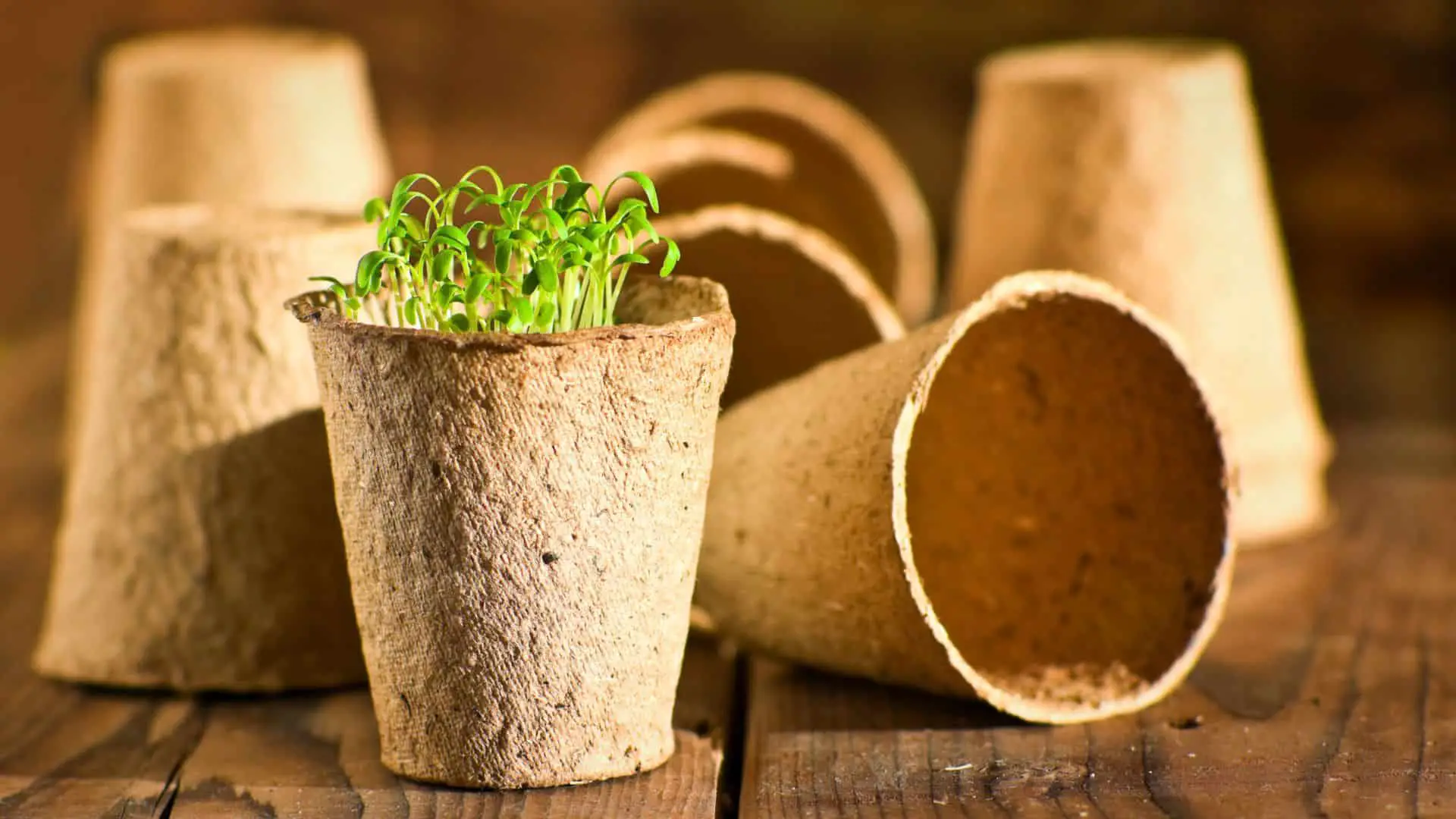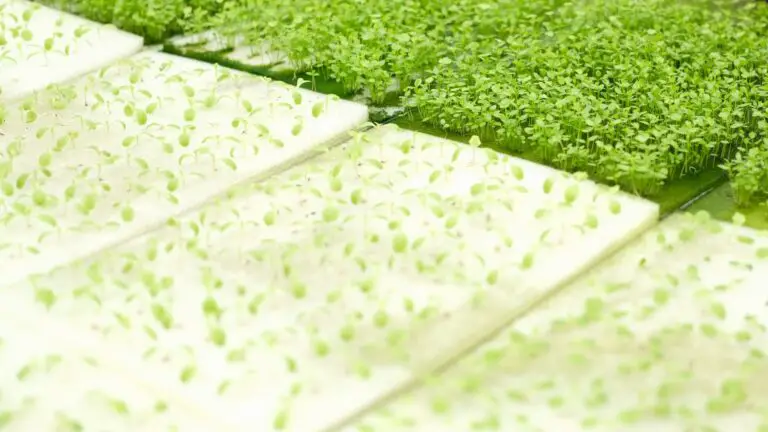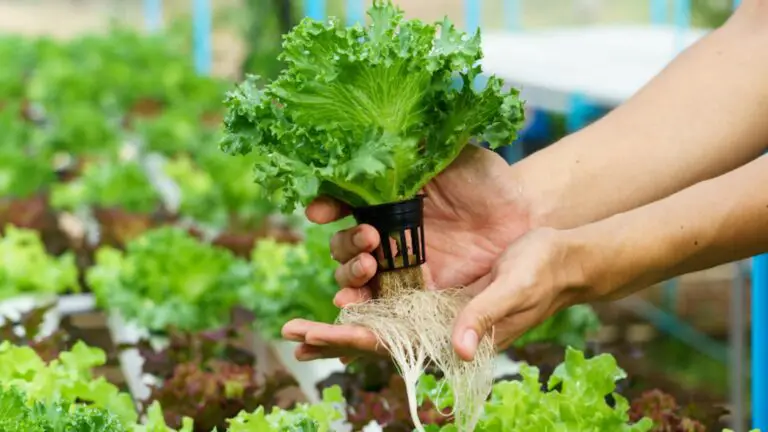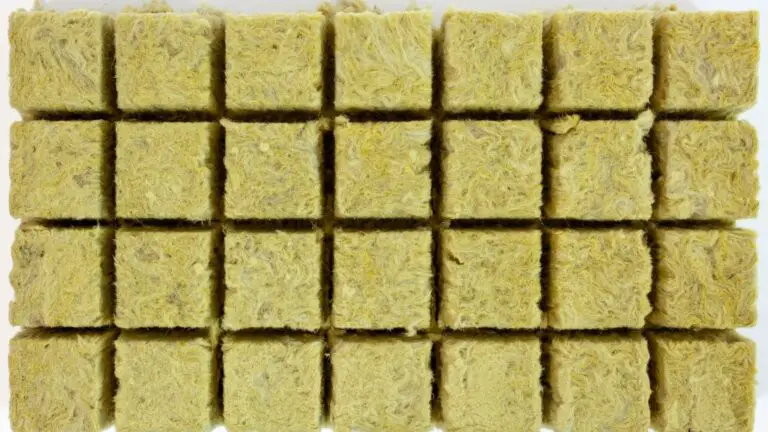How to Recycle and Reuse Coco Peat in Hydroponic Gardens
Coco Peat is a superhero for those knee-deep in hydroponics. It’s that trusty sidekick our plants can’t seem to get enough of. But, like all good things, coco peat has its limits. Before you even think about tossing that old batch, let’s discuss how to efficiently recycle and refresh it for another round.
Why Coco Peat Rocks the Hydroponic World?
Coco peat has earned its seat at the hydroponic table for good reasons. It’s wonderfully lightweight, and its moisture retention is like having a mini-reservoir for our plants. However, it can lose a bit of its original spark after a few cycles. That doesn’t mean it’s curtains for coco peat, though.
What Are the Signs That Coco Peat Has Lost Its Original Spark and Needs to Be Recycled?
Coco peat’s appeal lies in its structure and characteristics that support plant growth. When it starts losing its efficacy, some of the signs include:
- Coco peat should be airy and fluffy. If it’s compacted, it can restrict root growth and reduce aeration.
- Fresh coco peat retains water well. If you notice it is drying out quickly or not holding moisture like it used to, it may be a sign of degradation.
- Over time, nutrient salts can accumulate in coco peat. A white, crusty layer on the surface can indicate excess salt, which can harm plants.
- Fresh coco peat generally has a slightly acidic to neutral pH. It can affect nutrient uptake if it becomes too acidic or alkaline.
If you notice any of these signs, it may be time to recycle your coco peat. But don’t worry, recycling coco peat is easy and can save you money in the long run.
How to Recycle the Coco Peat?
- First off, gently remove the coco peat from your hydroponic setup. A thorough rinse is crucial to clear out residual nutrients or plant remnants.
- Spread the washed coco peat thinly, letting it dry completely. Ideally, you want it to be moisture-free, ensuring it’s ready for rejuvenation.
- Crumble your now dry coco peat and store it in a dry, cool spot until its subsequent use.
Breathing New Life into Used Coco Peat:
- When it’s time to get gardening again, immerse the coco peat in water for a few hours, prepping it for its next assignment.
- Your recycled coco peat might need a little boost. Consider adding some nutrients to replenish what time might have leached away. It’s worth the effort to ensure optimal plant growth.
- Texture Matters: Notice your coco peat looking a tad compacted? Loosen it up for optimal performance.
How Many Times Coco Peat Can Be Reused?
You can reliably reuse coco peat up to three times. Each reuse might see a slight drop in its vigor, so always inspect for quality before diving back in.
What Kind of Nutrients Can Be Added to the Recycled Coco Peat?
Recycled coco peat often needs a nutrient boost to remain an effective growth medium for plants in hydroponic systems. The type of nutrients you’d add depends on the specific requirements of the plants that you’re growing, but in general, here’s a rundown of some common nutrients and additives suitable for rejuvenating recycled coco peat:
Macronutrients
- Nitrogen (N): Essential for vegetative growth. It plays an important role in photosynthesis and aids in forming amino acids and proteins.
- Phosphorus (P): Vital for root development, flowering, and fruiting. It’s also involved in energy transfer within the plant.
- Potassium (K): Important for overall plant health, aiding in photosynthesis, carbohydrate production, and protein synthesis.
Secondary Nutrients
- Calcium (Ca): Essential for cell division and growth. It improves root and leaf development and helps neutralize acidic components.
- Magnesium (Mg): A core component of chlorophyll, magnesium is critical for photosynthesis.
- Sulfur (S): Vital for specific amino acids and vitamins. It also helps with the plant’s resistance to disease.
Micronutrients or Trace Elements
- Iron (Fe): Necessary for chlorophyll synthesis.
- Manganese (Mn): Plays a role in activating enzymes and chlorophyll synthesis.
- Boron (B): Important for cell division, protein formation, and pollination.
- Zinc (Zn): Helps in the production of growth hormones.
- Copper (Cu): Important for various enzymatic processes.
- Molybdenum (Mo): Vital for nitrogen fixation.
- Chlorine (Cl): Assists in osmosis, ionic balance, and photosynthesis.
Additives and Conditioners
- Humic and Fulvic Acids can increase nutrient uptake and stimulate root development.
- Beneficial Microbes: Introducing beneficial bacteria and fungi can enhance nutrient uptake and help protect roots from harmful pathogens.
Before adding any nutrients, performing a nutrient analysis or a simple pH test on your recycled coco peat is a good idea. This will give you a clearer understanding of its current state and help you determine the necessary amendments. Also, always follow the manufacturer’s instructions when adding nutrients to avoid over-fertilization, which can harm plants.
What Is the Best Way to Adjust the pH of Recycled Coco Peat?
- To Raise pH (Make it More Alkaline): Garden lime or dolomite lime are commonly used. Dolomite lime has the added benefit of providing magnesium, which can benefit plants. Sprinkle the lime over the coco peat and mix it well. Then, water the coco peat to activate the lime.
- To Lower pH (Make it More Acidic): Sulfur or pH-adjusting solutions available in gardening stores can be used. When using solutions, ensure to dilute as instructed and mix well with the coco peat.
Always test the pH after adjusting to ensure it’s within the desired range. It’s a good idea to adjust gradually and retest to avoid overshooting the desired pH level.
Can Recycled Coco Peat Be Used for Any Plant, or Are There Specific Plants It Is Better Suited For?
Recycled coco peat can be used for a wide variety of plants, but there are a few considerations:
- Vegetables and Fruits: Most vegetables and fruits grow well in coco peat, given its good aeration and water retention properties.
- Ornamental Plants: Many ornamentals, especially those that prefer well-draining substrates, will thrive in coco peat.
- Seedlings and Cuttings: Fresh coco peat is generally preferred here due to its sterility and consistency. However, recycled coco peat can still be used if properly cleaned and supplemented.
- Heavy Feeders vs. Light Feeders: Plants that require a lot of nutrients (heavy feeders) might need additional nutrient supplementation when grown in recycled coco peat. Light feeders do just fine without much addition.
- Acid-loving Plants: If your recycled coco peat is more on the acidic side (and you intend to keep it that way), it might be more suitable for acid-loving plants like blueberries or azaleas.
While recycled coco peat can be versatile, it’s essential to understand the specific needs of the plants you’re growing and amend the coco peat accordingly.
In Conclusion
Hydroponics is as much about innovation as it is about sustainability. By rejuvenating coco peat, we’re not just saving costs; we’re echoing a commitment to sustainable practices. So, keep this guide close, and let’s make the most out of every batch of coco peat. Happy farming!
Thank you for reading!






